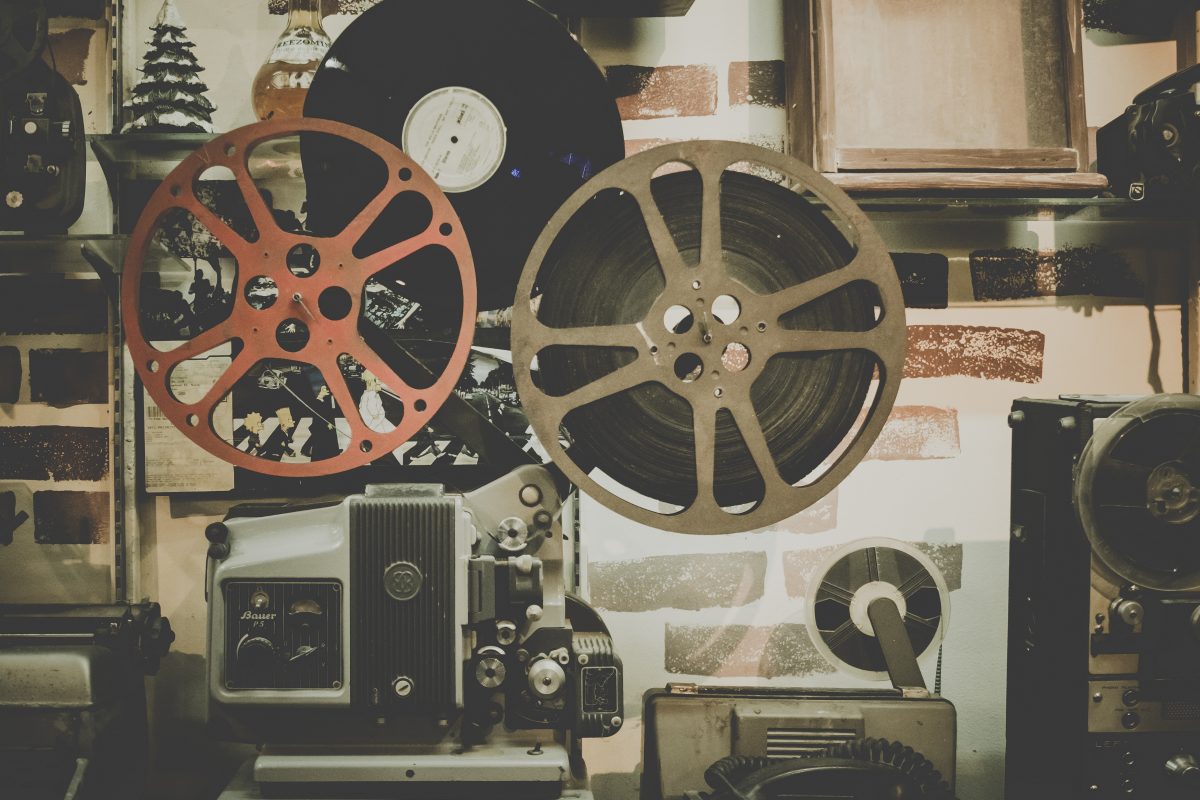Earlier this week, I went to a movie screening at the cinema that was made in honor of one of the most celebrated Directors of Photography in the Netherlands, Robby Müller. This experience has made me ruminate on many aspects of the world of cinema, and more specifically how so many jobs in cinema are not appreciated enough. Therefore, this blog post will focus on the topic of Director of Photography, which is the starting point of my discovery of the hidden jobs in cinema.
So what is a Director of Photography? What do they exactly do? Directors of Photography play a paramount role in the making of movies as they help the directors to shoot movies with an artistic touch, through the different angle shots that they would propose. They assist in managing the right lighting and translate the vision of the director into the shooting, ultimately creating an idiosyncratic aesthetic for the movie (ScreenSkills, n.d.).
However, with the advent of Artificial Intelligence (AI), the process of movie-making might be disrupted (Smith, 2023). Throughout history, the world of cinematography has been shaken by technological advancements, from the integration of audio into movies to the introduction of color imaging and computer-generated imagery (Bernardo, 2016). AI would not make an exception to that trend. Consequently, it is easy to imagine how cinema and more specifically Directors of Photography could directly get some of their tasks delegated to AI. This could include things like storyboarding and color grading.
To explore this concept further, I decided to experiment with image generation myself with Bing AI — which is powered by DALL-E for image creation (Kan, 2023). I inserted 3 prompts by pretending to play the role of a movie director and asking to generate pictures for creative inspiration.
The first prompt was: “Present a mysterious journey into the jungle with few soldiers in a boat witnessing the absurdity and horrors of the war. Show their shocked faces and their concerns through an unorthodox angle shot so that it leaves a mark on the audience.”; Bing AI gave me the following pictures:
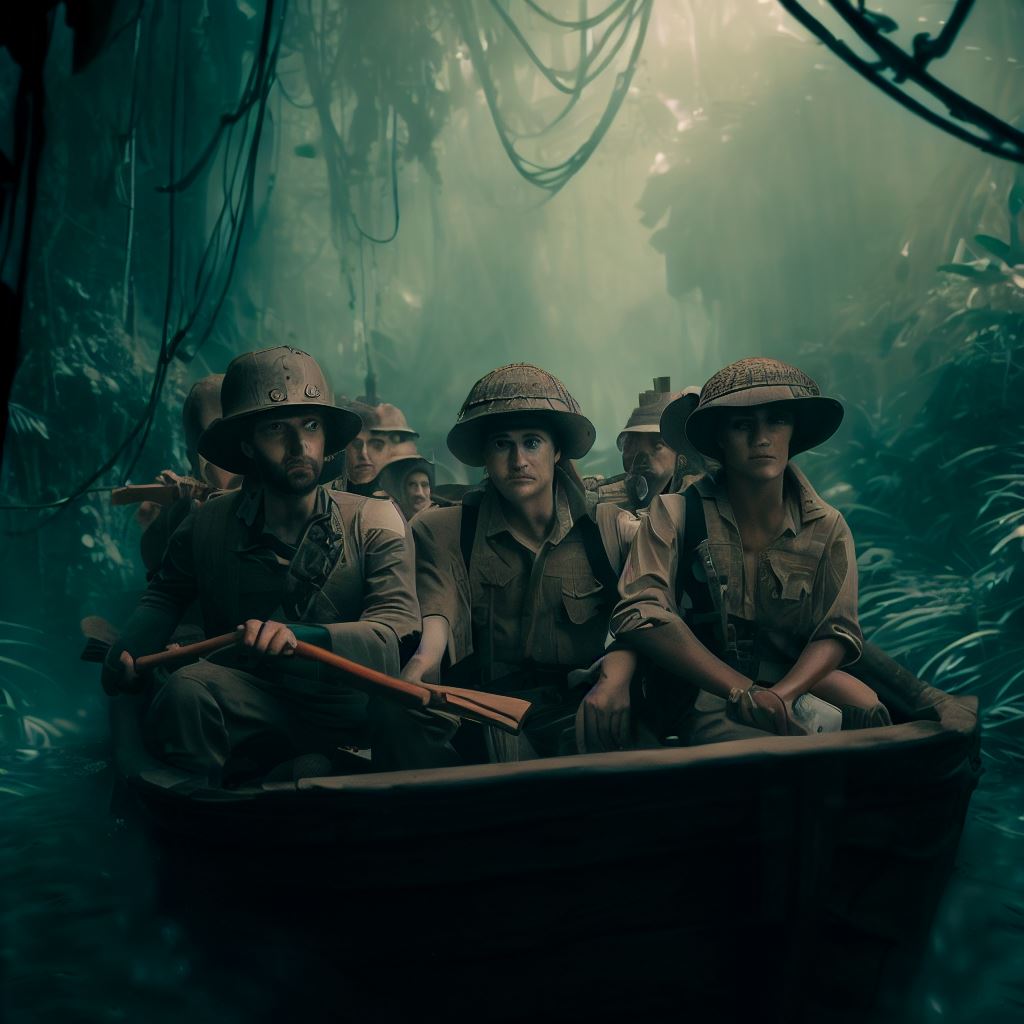
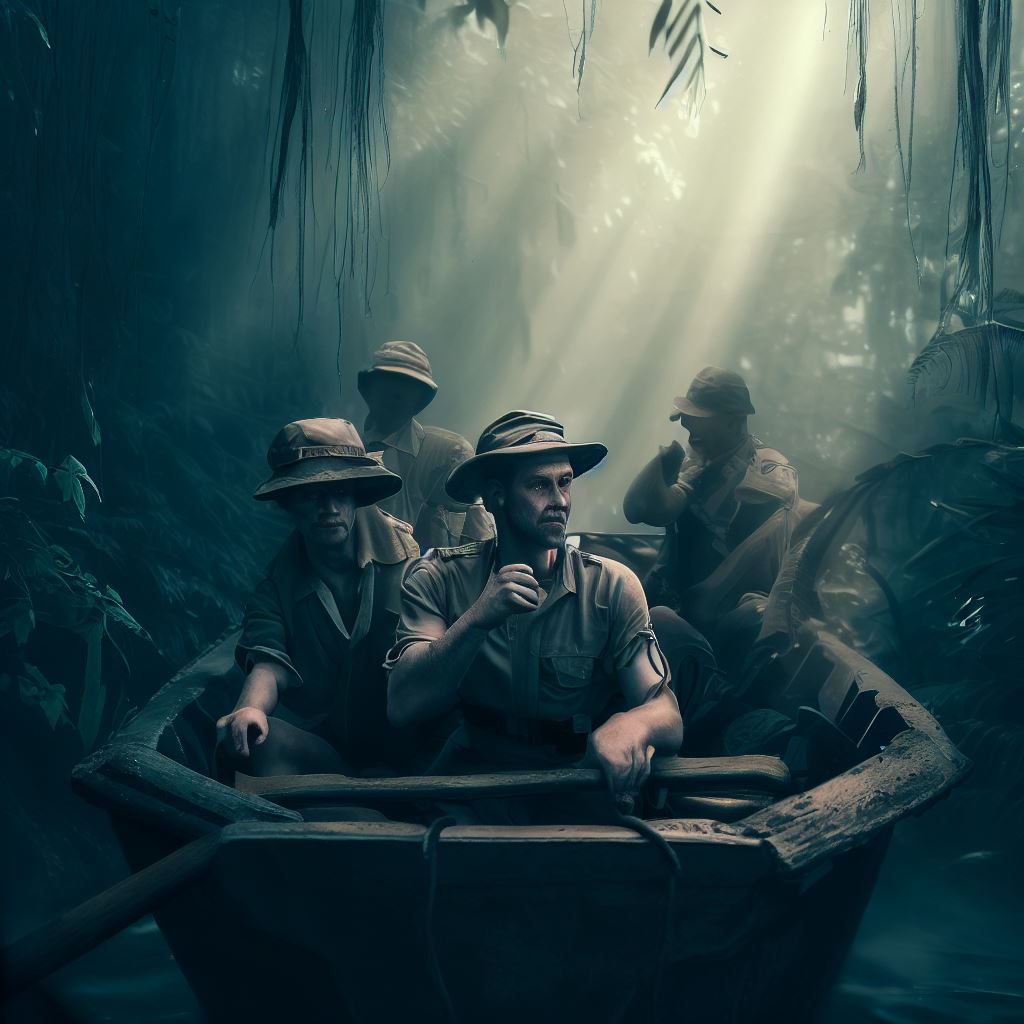


The second prompt inserted was: “Generate an image of an old antagonist that transpires philosophical energy. Present him through an angle that would give chills to the audience.”; Here are the images generated:
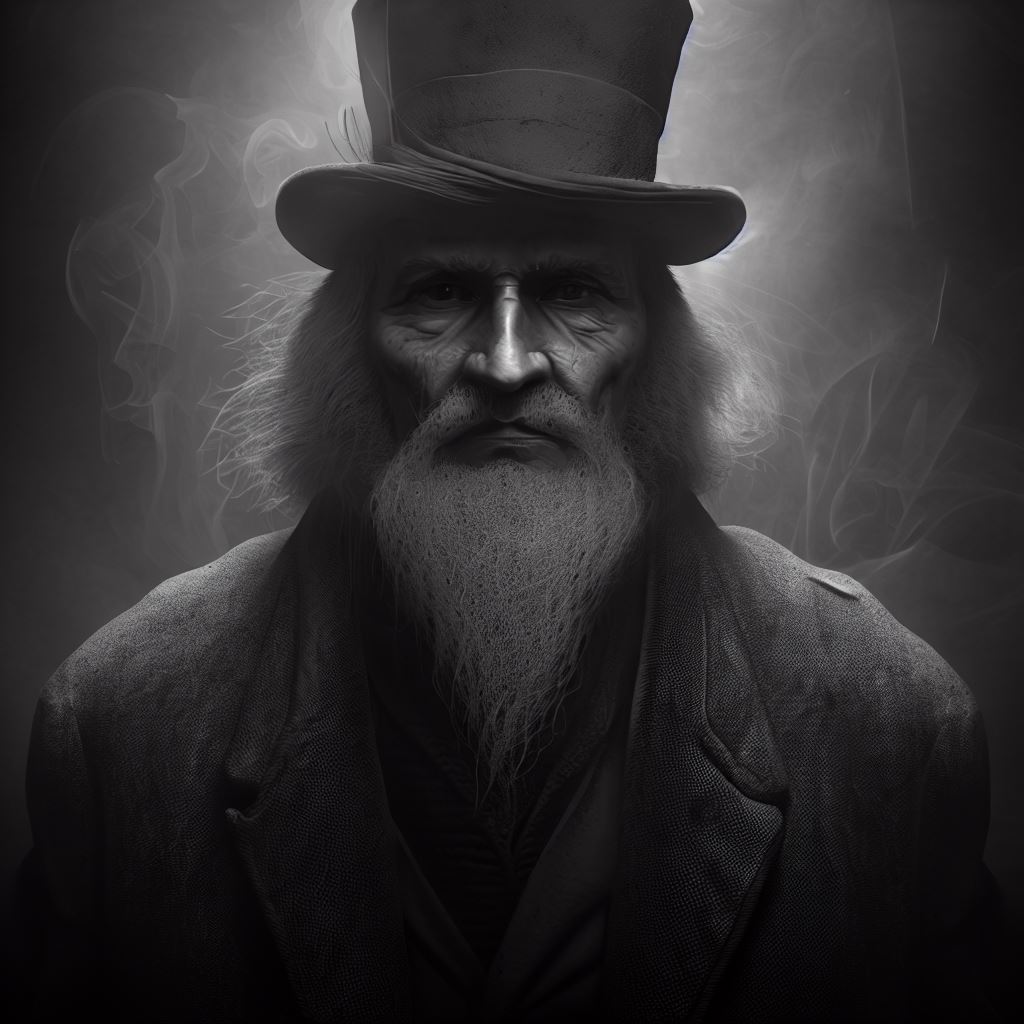
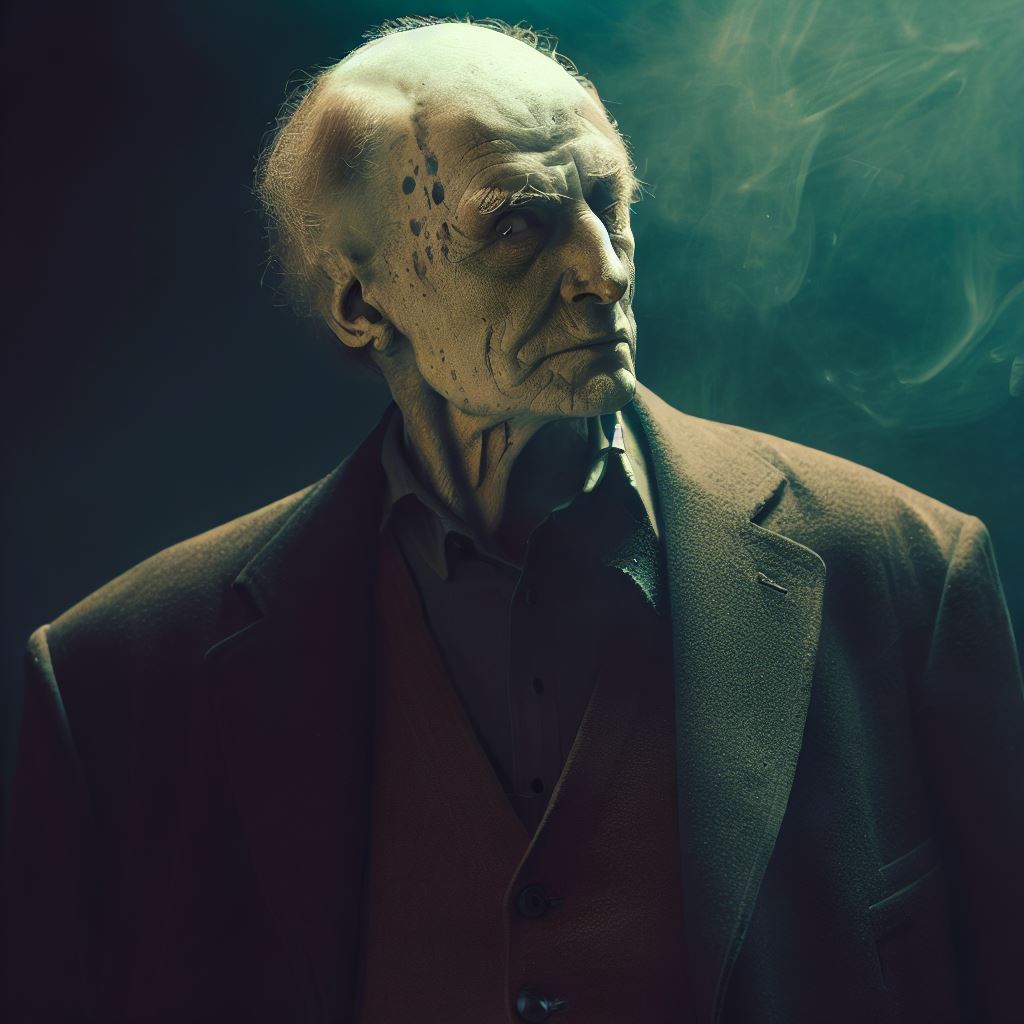
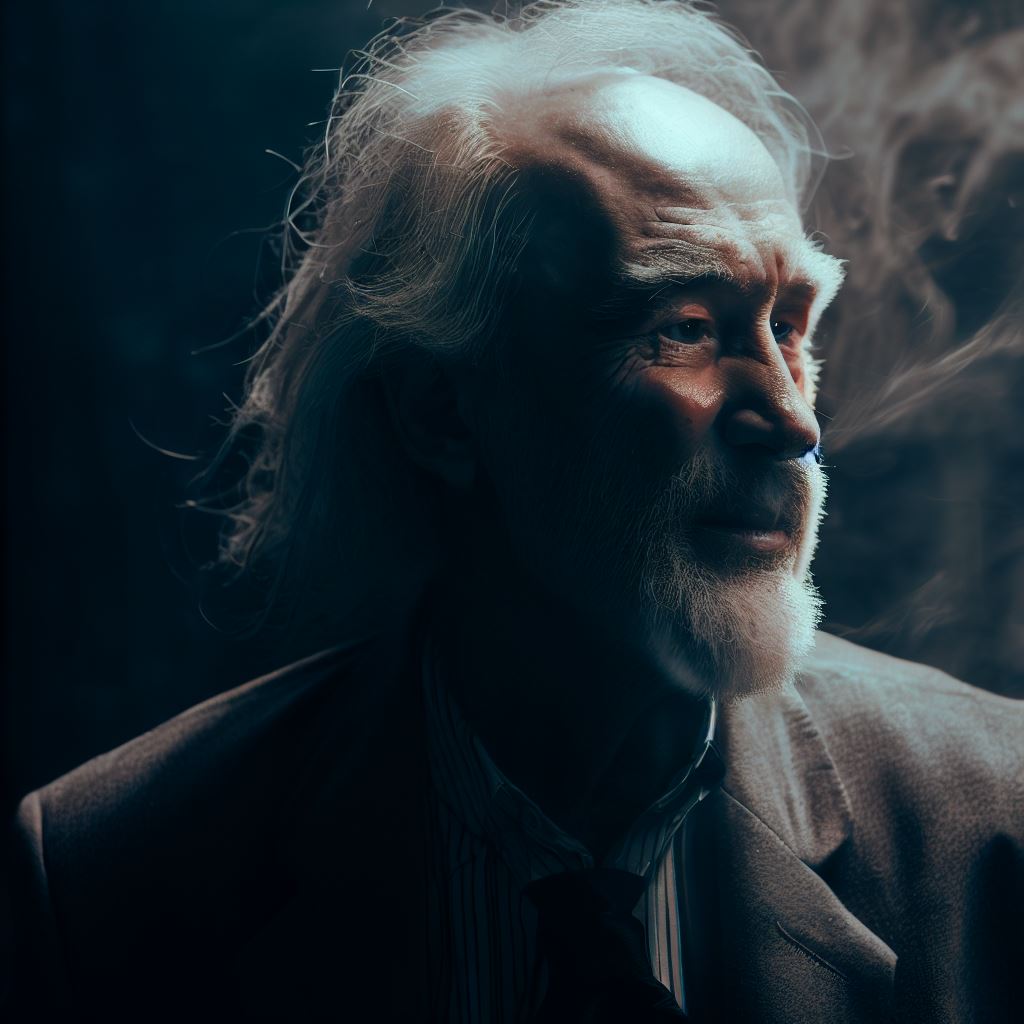
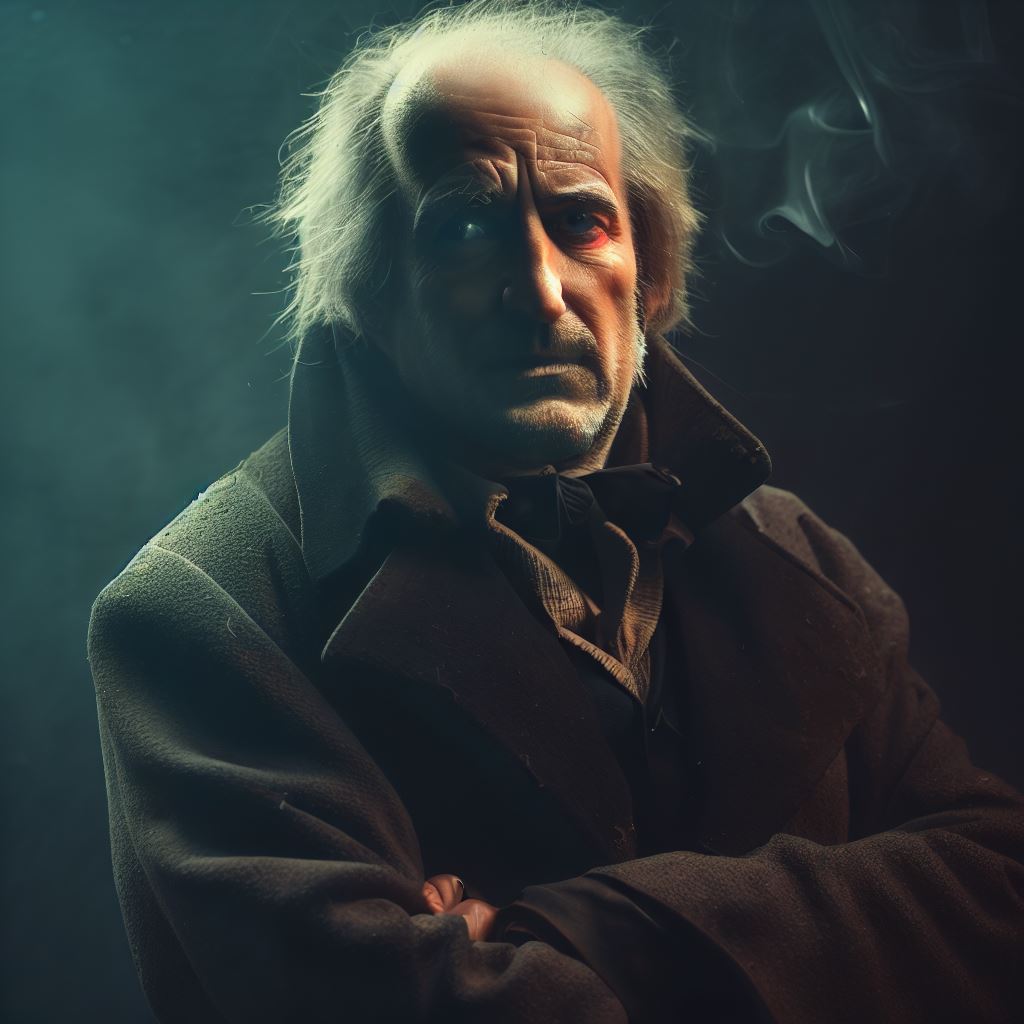
The last prompt I suggested was: “Try to represent the magnum opus of Pablo Picasso “Guernica” in a real-life setting. Make the scene as lugubrious and tragical as possible.”; The AI gave me the following:
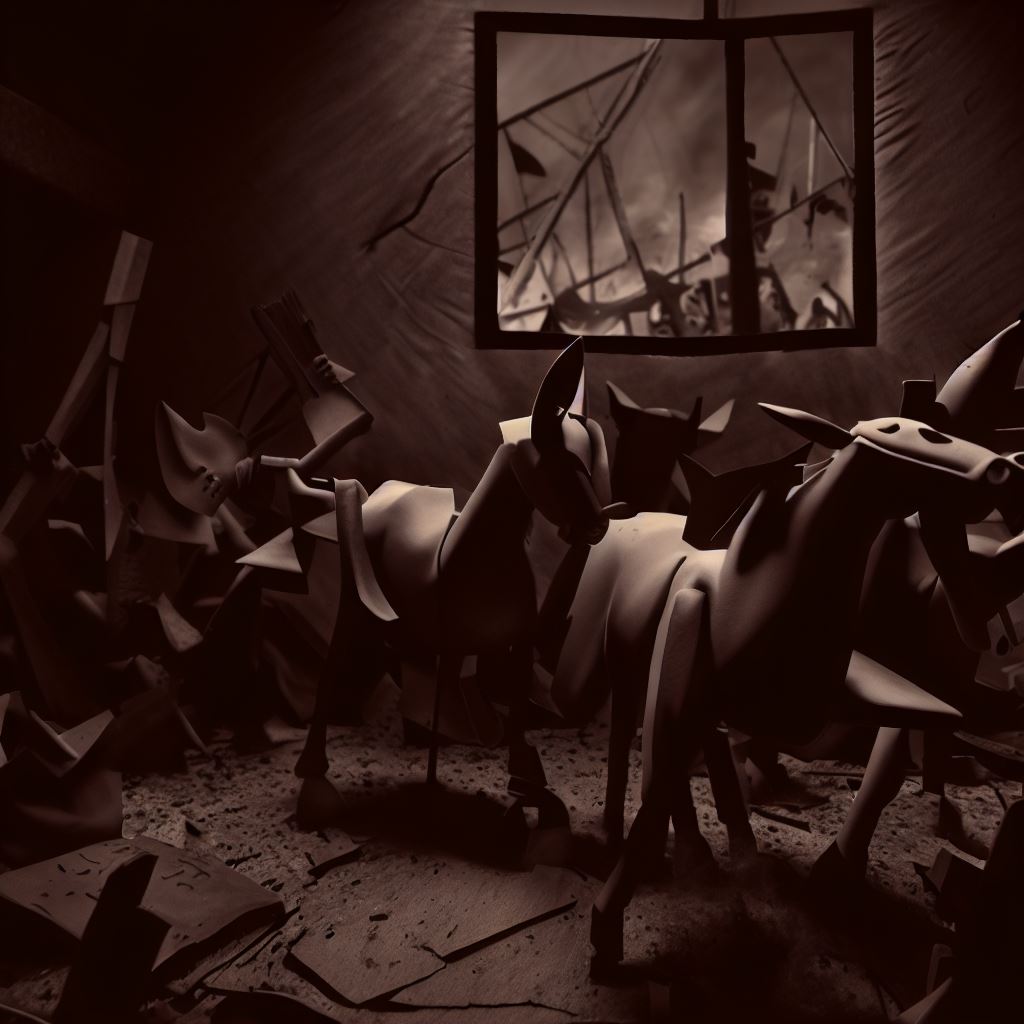
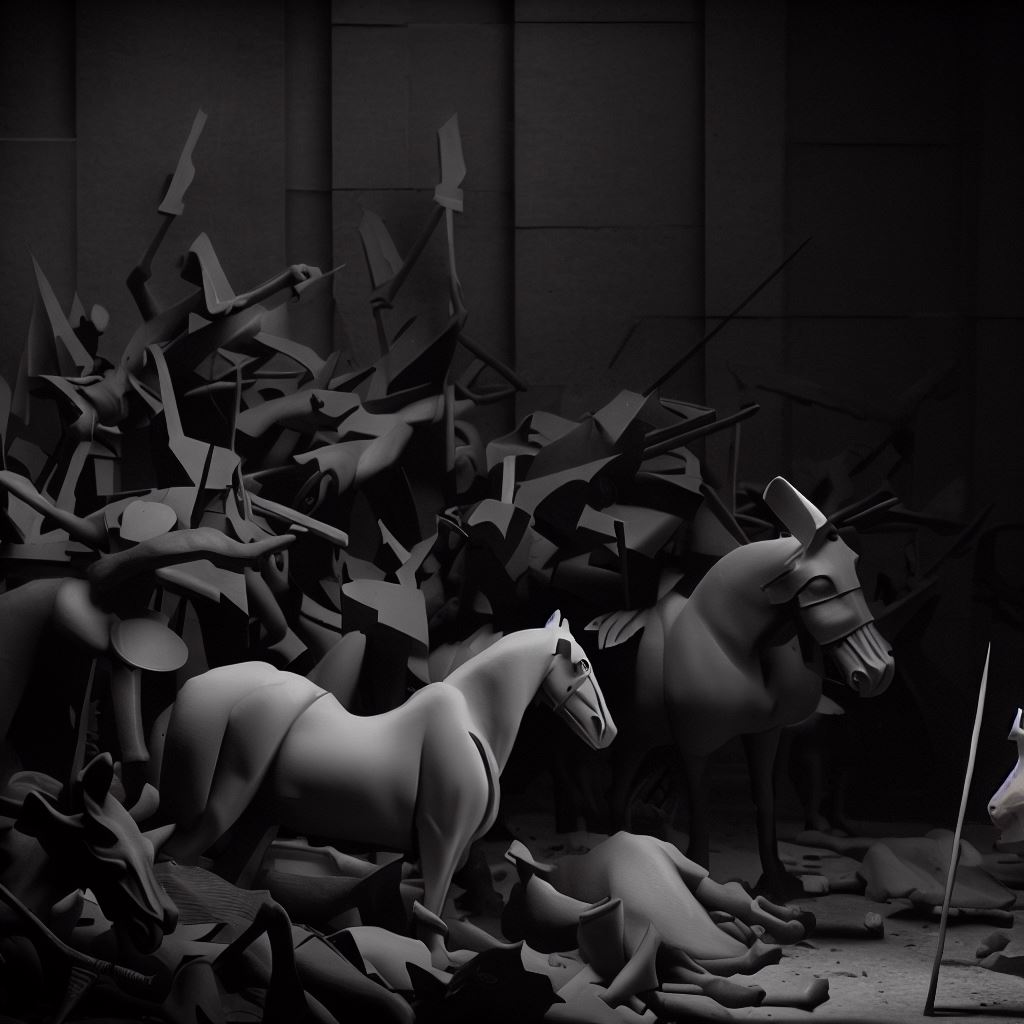
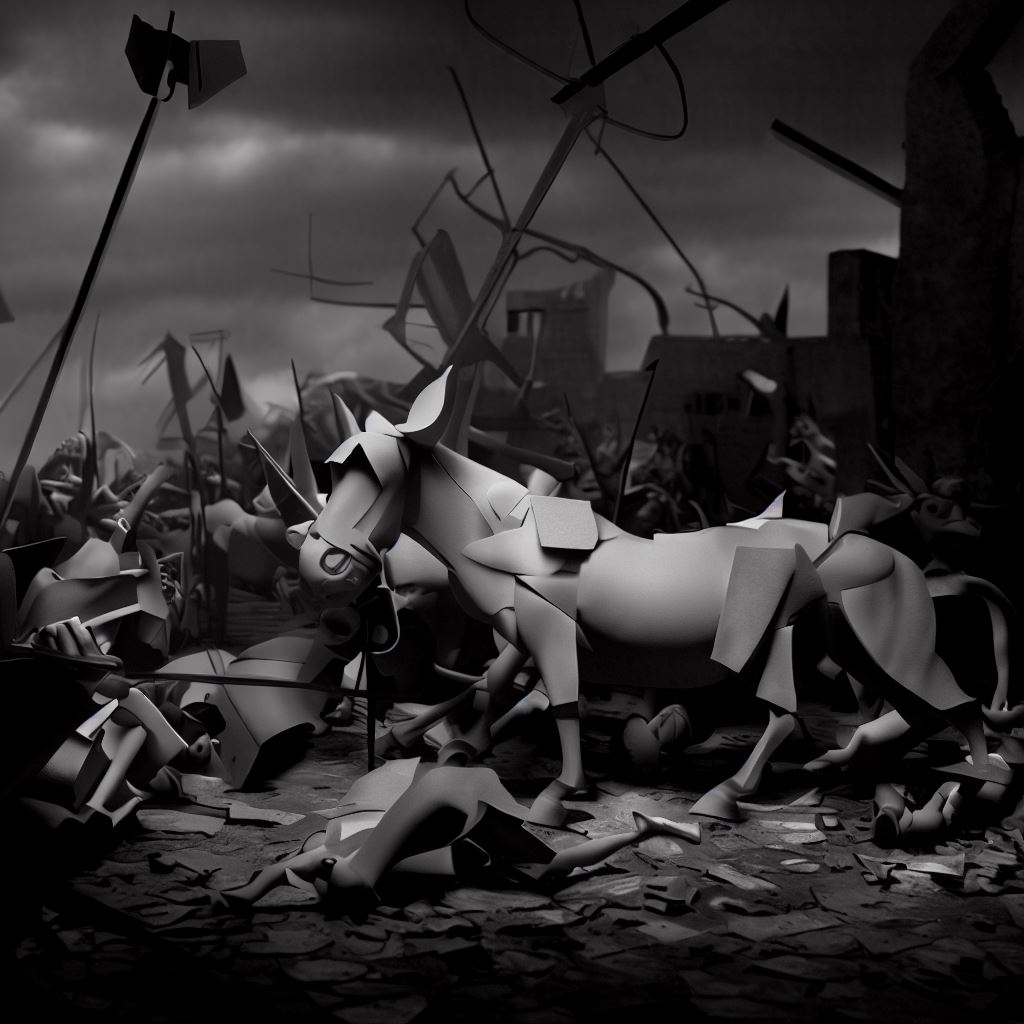
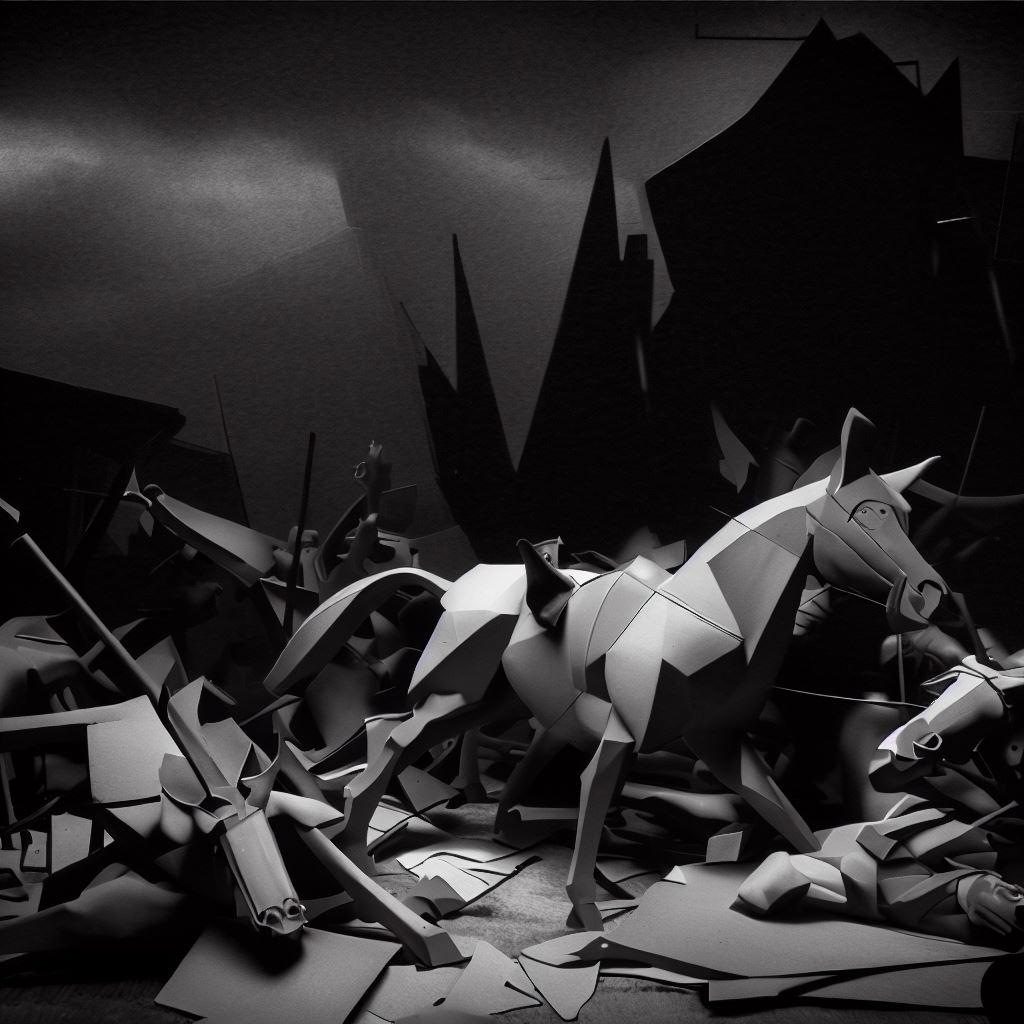
Looking at those results, Bing AI was able to translate the visions in a more or less clear manner. As can be seen with the results of the first and second prompts, the faces and body features are disfigured but the energy that transpires is astonishing. However, regarding the last prompt, due to the abstract nature of the initial inquiry, with Picasso’s painting of “Guernica”, the result came out accordingly abstract. Thus, Bing AI is capable of creating an overall coherent image content, but when scrutinizing, it is observed that the AI misses on the specific details of the subject it portrays. Moreover, as seen, the clearer the prompt, the better the results.
All-in-all, AI tools already show great potential as idea generators and storytelling aids. I believe that with further progress, this technology could complement and enhance the human creativity of the Director of Photography and push the boundaries of visual storytelling in an unprecedented way.
Bibliography
Bernardo, A. B. (2016, March 10). 7 Advances in Technology that have Revolutionized the Film Industry | OpenMind. OpenMind. https://www.bbvaopenmind.com/en/technology/innovation/7-advances-in-technology-that-have-revolutionized-the-film-industry/
Kan, M. (2023, April 7). With DALL-E integration, AI-Powered Bing can also generate images. PCMAG. https://www.pcmag.com/news/with-dall-e-integration-ai-powered-bing-can-also-generate-images
ScreenSkills. (n.d.). Director of photography (DoP). ScreenSkills. https://www.screenskills.com/job-profiles/browse/film-and-tv-drama/technical/director-of-photography-dop/
Smith, D. (2023, March 23). ‘Of course it’s disturbing’: will AI change Hollywood forever? The Guardian. https://www.theguardian.com/film/2023/mar/23/ai-change-hollywood-film-industry-concern
